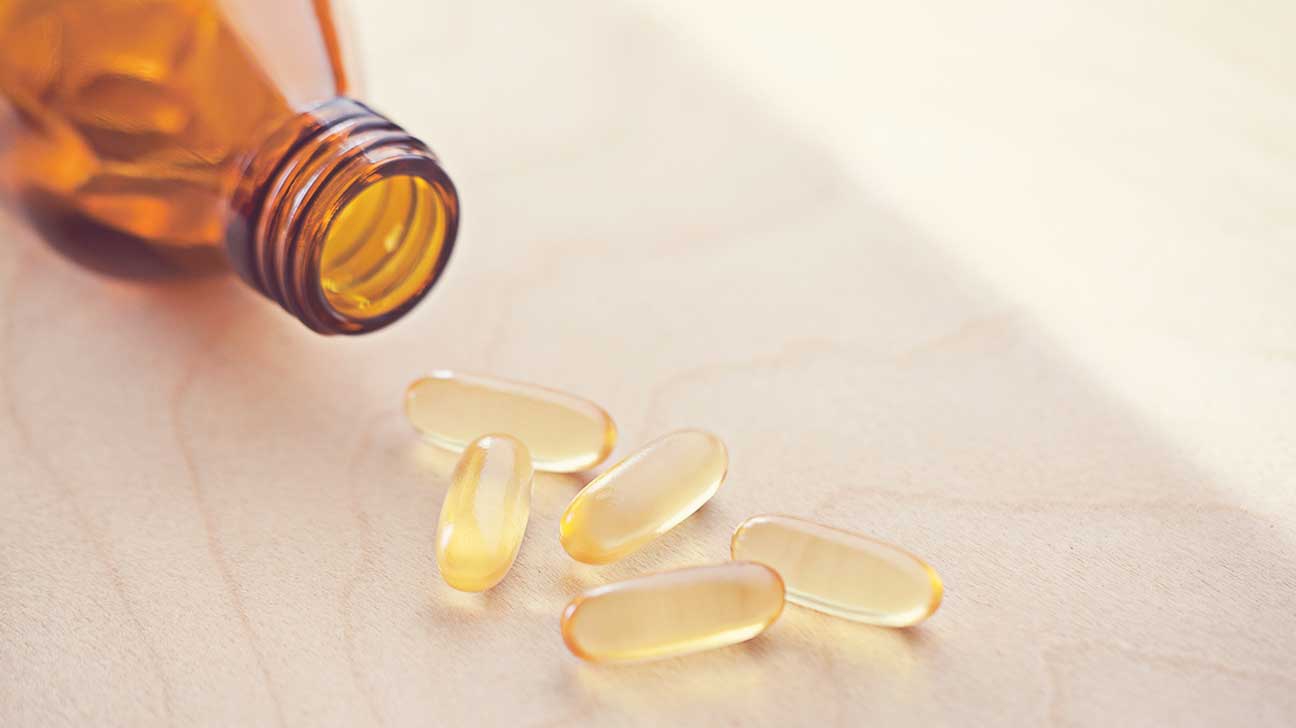If you live in certain parts of the country, you’ll need a lot more than sunlight to maintain adequate levels this season. Here’s what the experts recommend.
Q: I spend most of my winter days indoors, and when I’m outdoors, I’m covered from head to toe. If I only get a few minutes of sun exposure on my face and hands each day, is that enough to get adequate vitamin D? And if not, what should I do?
If you live in a part of the country where winters are cold and gray, it’s smart to think about how you’ll get vitamin D — often called the sunshine vitamin — over the next several months.
Vitamin D is synthesized in the skin after exposure to the sun’s ultraviolet B rays, and is crucial for calcium absorption and the maintenance of strong, healthy bones, said Julie Stefanski, a registered dietitian nutritionist and spokeswoman for the Academy of Nutrition and Dietetics. Deficiencies, which are common worldwide, can cause soft, weak and brittle bones, leading to fractures. Your vitamin D status can also play a role in other aspects of health including inflammation, autoimmune disease risk, heart health and cognitive function.
Most healthy people with fair skin can typically produce enough vitamin D during the summer by exposing their faces, arms and legs to sunlight for about five to 10 minutes several times per week during midday, when the sun is highest and its UVB rays are most powerful, said Antony Young, an emeritus professor of experimental photobiology at the St. John’s Institute of Dermatology at King’s College London, via email. People who have more melanin, or darker pigmentation, in their skin need longer periods in the sun (in some cases two-and-a-half to three times as much, though it depends on your skin tone) because melanin reduces vitamin D synthesis.
The winter sun, however, does not have the same effect if you live in regions north of the 37th parallel. In these places during the cold-weather months (around October or November through April or March), the sun is lower and its UVB rays are weak.
Brought to you from the New York Times


 Discover Our Instagram
Discover Our Instagram